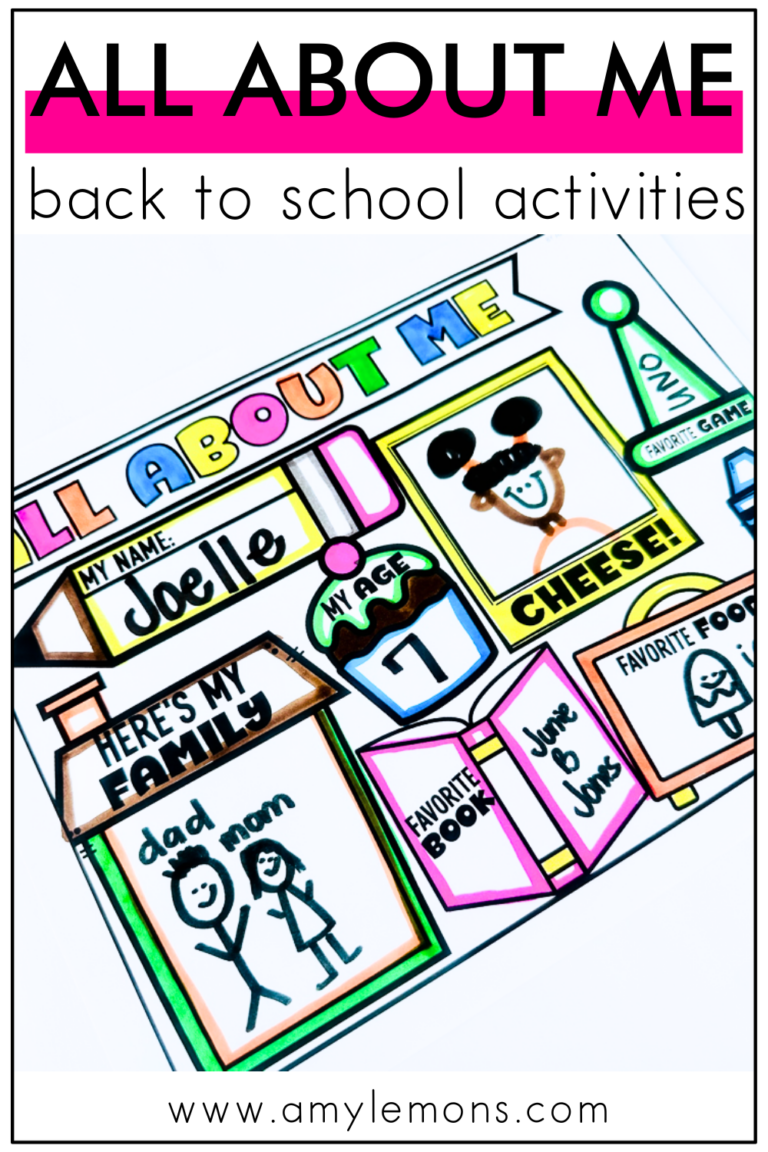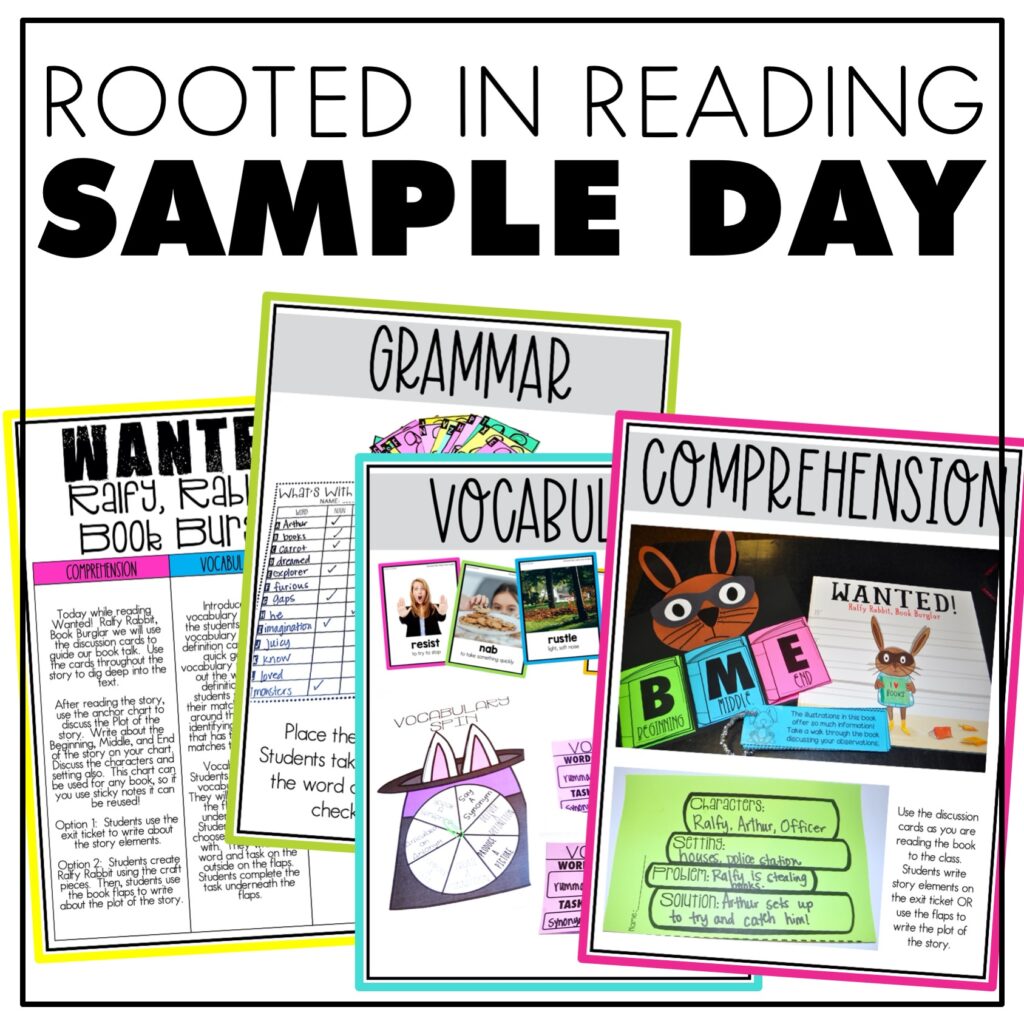

There’s more to explore when bringing arctic animals into the classroom. While researching them is important, there are so many other uses for teaching important reading comprehension skills. And the best part is arctic animal activities are something students will actually enjoy.
{Disclaimer: Affiliate links have been used below but I only share books I use and enjoy!}
Often when teaching cause and effect, we look at very specific examples throughout a lesson. Our students can typically identify scenarios such as it rained/I got wet, I’m sick/I missed school, I did not set an alarm/I was late to work.
Once the basic understanding of cause and effect is in place, we can dive much deeper into the connection of events.
Using animals and nature is a great place to start because students have previously learned about the food chain, natural habitats, and life cycles! If Polar Bears Disappeared is an awesome picture book that explores the sea ice melting and causing the potential extinction of polar bears, and its result on the environment.
It’s told in a charming and accessible way for students making it perfect for teaching cause and effect and connecting scientific events.
Here are three tips for going beyond cause and effect to connecting events in nature:
Cause and effect reading activities for If The Polar Bears Disappeared are featured inside our 2nd Rooted in Reading unit for January.
Have you ever read The Way Home for Wolf? This story is set in the Arctic and also has a beautiful message about accepting help from friends when it is needed. Many different Arctic animals are represented in the story, so it is the perfect opportunity to learn information about these animals in the real world.
Connecting nonfiction text to a fiction read-aloud such as this will enhance your students’ reading comprehension skills while also developing a love of reading. They have instant buy-in!
An easy way to make the connection is by pulling out essential characters from the story that students can learn more about. In this case, we use a nonfiction reader about arctic animals.
Here are three tips to keep in mind when connecting fiction and nonfiction texts:
Nonfiction reading activities for The Way Home for Wolf are featured inside our Kindergarten Rooted in Reading unit for January.
Did you catch THIS post about teaching nonfiction text features in the classroom? If you missed it, there are a lot of great tips to make text features engaging and interactive in the classroom.
The I Wonder Why book series has wonderful examples of nonfiction text features. The story I Wonder Why Penguins Can’t Fly is a great read that instantly piques the interest of students with a question that we’ve all been wondering.
The beauty of this is that it opens a pathway to connecting nonfiction texts to help answer questions we have about nature and animals. In turn, students gain experience with using nonfiction text features too.
Here are three tips you can incorporate with teaching nonfiction text features with a book about Arctic life:
Nonfiction text features reading activities for I Wonder Why Penguins Don’t Fly are featured in our 3rd Grade Rooted in Reading unit for January.
If we’re going to talk about Arctic (and Antarctic) animals, it is certainly worth it for students to research and learn information about penguins. Penguins are always a show-stopper in the classroom!

My favorite way to use penguins in the classroom is with a lesson on locating facts and details within a text. To pull this off, you need a strong text that makes identifying these elements accessible for children.
Penguin Problems gives humans a glimpse into the arctic lifestyle of penguins told by penguins in the most hilarious way. It’s a perfect example of a text that can withstand comparisons with nonfiction reads to garner research and pull out facts.
Here are three tips to keep in mind when teaching students about researching and locating facts and details in the text:
Research and reading activities for penguins are featured in our Rooted in Reading Penguin Research unit.
Now, it’s time to incorporate these strategies into your lesson plans. Grab this FREE activity for If Polar Bears Disappeared and an Arctic Animal lesson to introduce arctic animals into your reading block.

Hey, y’all! My name is Amy Lemons and I am passionate about providing students with both engaging and effective standards-based Math and ELA lessons.

Sample a day of Rooted in Reading with these lesson plans and activities for Reading Comprehension, Vocabulary, and Grammar!


